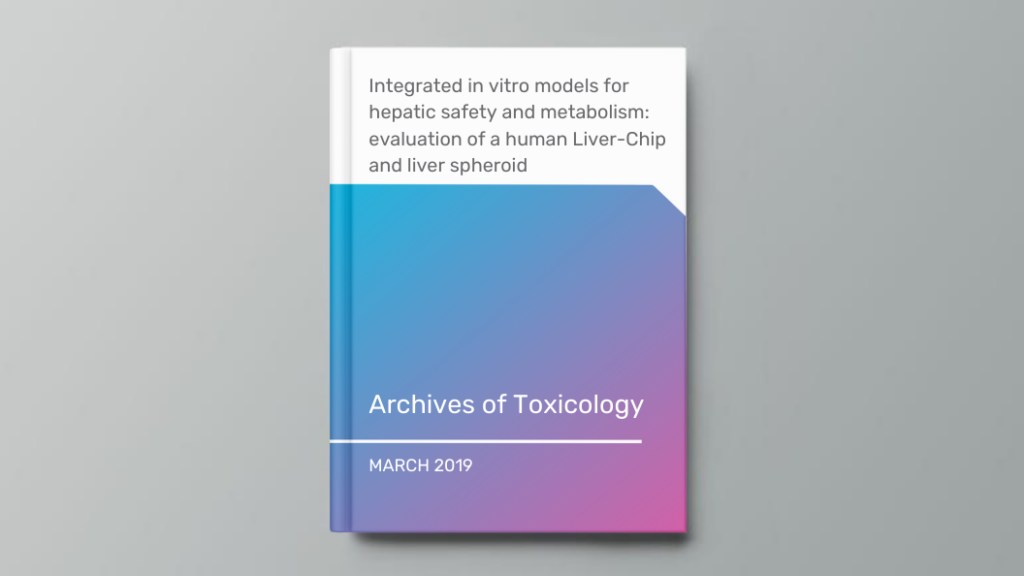Organ Model: Liver
Application: Toxicology
Abstract: Drug-induced liver injury remains a frequent reason for drug withdrawal. Accordingly, more predictive and translational models are required to assess human hepatotoxicity risk. This study presents a comprehensive evaluation of two promising models to assess mechanistic hepatotoxicity, microengineered Organ-Chips and 3D hepatic spheroids, which have enhanced liver phenotype, metabolic activity and stability in culture not attainable with conventional 2D models. Sensitivity of the models to two hepatotoxins, acetaminophen (APAP) and fialuridine (FIAU), was assessed across a range of cytotoxicity biomarkers (ATP, albumin, miR-122, α-GST) as well as their metabolic functionality by quantifying APAP, FIAU and CYP probe substrate metabolites. APAP and FIAU produced dose- and time-dependent increases in miR-122 and α-GST release as well as decreases in albumin secretion in both Liver-Chips and hepatic spheroids. Metabolic turnover of CYP probe substrates, APAP and FIAU, was maintained over the 10-day exposure period at concentrations where no cytotoxicity was detected and APAP turnover decreased at concentrations where cytotoxicity was detected. With APAP, the most sensitive biomarkers were albumin in the Liver-Chips (EC50 5.6 mM, day 1) and miR-122 and ATP in the liver spheroids (14-fold and EC50 2.9 mM, respectively, day 3). With FIAU, the most sensitive biomarkers were albumin in the Liver-Chip (EC50 126 µM) and miR-122 (15-fold) in the liver spheroids, both on day 7. In conclusion, both models exhibited integrated toxicity and metabolism, and broadly similar sensitivity to the hepatotoxicants at relevant clinical concentrations, demonstrating the utility of these models for improved hepatotoxicity risk assessment.

